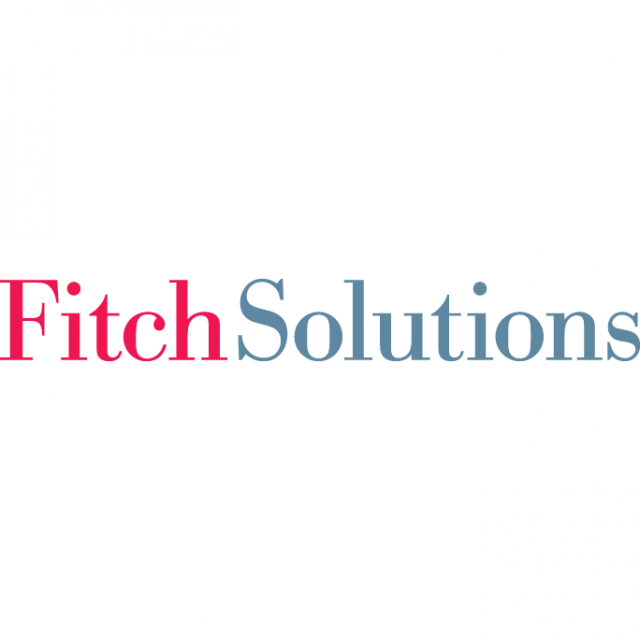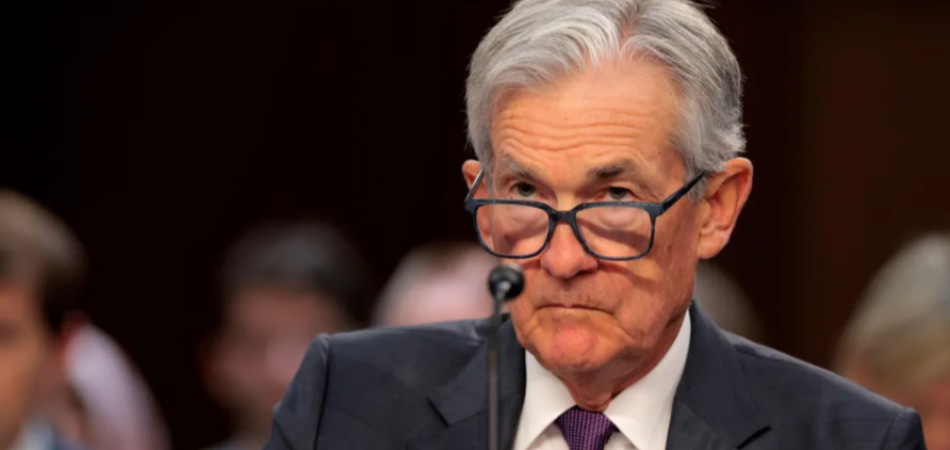UK bond yields near 25-year high amid rate cut uncertainty

MG News | December 20, 2024 at 03:09 PM GMT+05:00
December 20, 2024 (MLN): Long-term UK government borrowing costs are approaching the highest level since 1998 as investors struggle to work out how much the Bank of England will cut interest rates next year, as Bloomberg reported.
The yield on 30-year bonds climbed as high as 5.16% on Friday after rising for seven consecutive sessions. In just one week, the market has gone from wagering on the possibility of four interest rate cuts next year to fewer than two, and then back to entertaining the chance of three.
The unclear outlook is adding yet another headwind for gilt investors already sitting on losses of more than 4% for 2024 as they brace for an increase in supply next year. At the heart of the debate is the question of how policymakers will respond to the UK’s difficult mix of persistent inflationary pressures and lacklustre growth.
“2025 is shaping up to be a huge year for the gilt market in terms of both issuance and assessing whether the year-end moves in yield will be behind us,” said Ed Hutchings, Head of Rates at Aviva Investors.
A third of the Bank of England’s monetary policy committee dissented Thursday by voting to cut interest rates — more than the market had expected — and Governor Andrew Bailey cited “heightened uncertainty in the economy” as the reason he “can’t commit to when or by how much” rates will be cut in the coming year.
A contracting economy and signs in the BOE’s survey of businesses across the UK that the labor market is weakening contrast with data released this week showing that wages increased more than forecast. That’s against a backdrop of fiscal stimulus announced in October as well as global spillovers from US policy. The Federal Reserve signalled a refocus on price risks on Wednesday, while on Friday President-elect Donald Trump threatened the European Union with tariffs.
“BOE officials appear more divided than ever on the path ahead for UK interest rates,” said Matthew Ryan, head of market strategy at Ebury. That reflects “the complex outlook for the UK economy, as fragile consumer demand is counterbalanced by the pro-inflationary implications of the Autumn Budget and Trump’s tariff proposals.”
Copyright Mettis Link News
Related News
| Name | Price/Vol | %Chg/NChg |
|---|---|---|
| KSE100 | 138,597.36 256.32M | -0.05% -68.14 |
| ALLSHR | 85,286.16 608.38M | -0.48% -413.35 |
| KSE30 | 42,340.81 77.13M | -0.03% -12.33 |
| KMI30 | 193,554.51 76.19M | -0.83% -1627.52 |
| KMIALLSHR | 55,946.05 305.11M | -0.79% -443.10 |
| BKTi | 38,197.97 16.53M | -0.59% -225.01 |
| OGTi | 27,457.35 6.73M | -0.94% -260.91 |
| Symbol | Bid/Ask | High/Low |
|---|
| Name | Last | High/Low | Chg/%Chg |
|---|---|---|---|
| BITCOIN FUTURES | 117,670.00 | 121,165.00 117,035.00 | -1620.00 -1.36% |
| BRENT CRUDE | 69.23 | 70.77 69.14 | -0.29 -0.42% |
| RICHARDS BAY COAL MONTHLY | 96.50 | 0.00 0.00 | 2.20 2.33% |
| ROTTERDAM COAL MONTHLY | 104.50 | 104.50 104.50 | -0.30 -0.29% |
| USD RBD PALM OLEIN | 998.50 | 998.50 998.50 | 0.00 0.00% |
| CRUDE OIL - WTI | 66.03 | 67.54 65.93 | -0.20 -0.30% |
| SUGAR #11 WORLD | 16.79 | 17.02 16.71 | 0.05 0.30% |
Chart of the Day
Latest News
Top 5 things to watch in this week
Pakistan Stock Movers
| Name | Last | Chg/%Chg |
|---|
| Name | Last | Chg/%Chg |
|---|




 Weekly Forex Reserves
Weekly Forex Reserves